2000s: Best New Stadiums
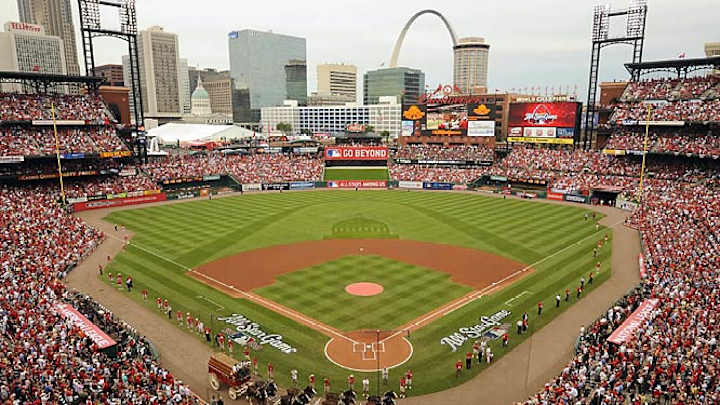
2000s: Best New Stadiums
Busch Stadium (2006)

The third building of the same name in St. Louis, the latest installment is a throwback to the old days of baseball. Spectacular views of downtown, including the Gateway Arch beyond the center-field fence, plus the abundance of St. Louis-style fare (including ribs, fried ravioli and Budweiser, of course), leave no question that you're in St. Louis. The right-field foul pole of the old stadium is located in deep left-center. The stadium was home to a World Series champion in its first season.
Qwest Field (2002)
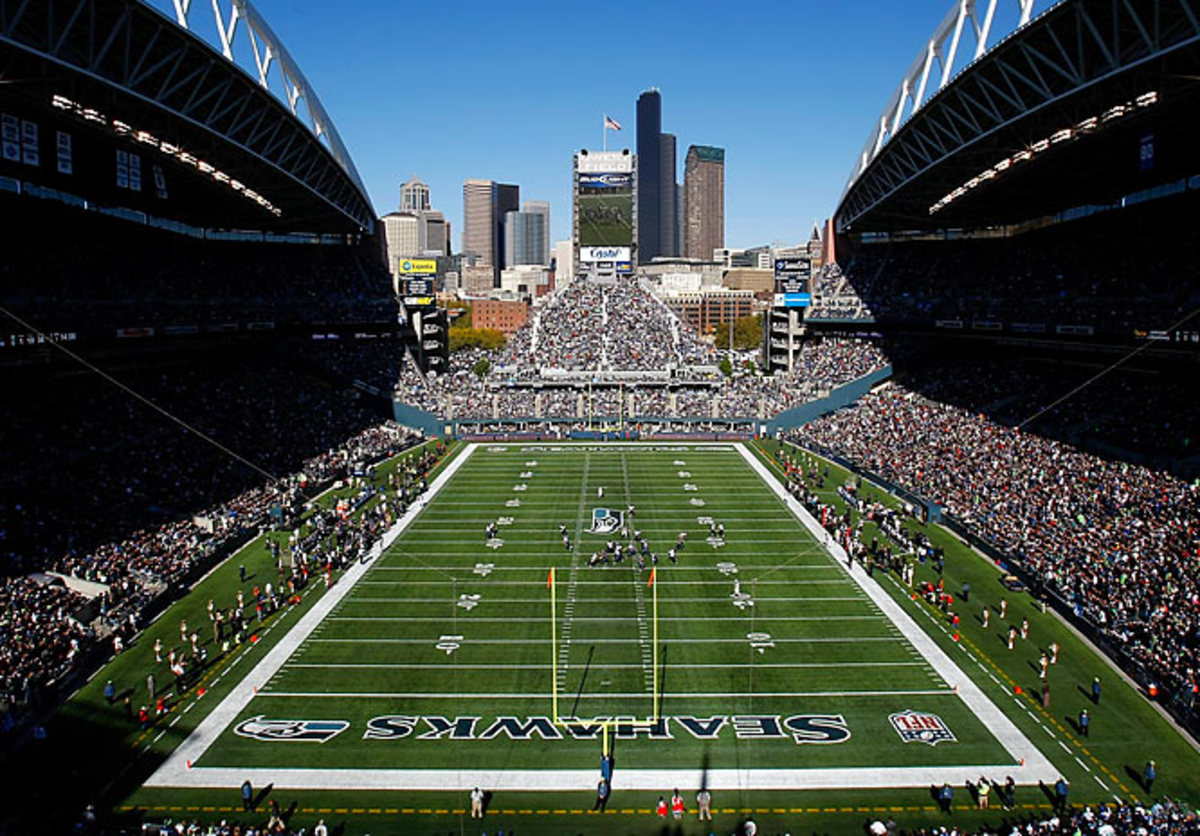
The replacement for the Kingdome, Qwest Field is home to the Seattle Seahawks and MLS' Seattle Sounders, and the loudest 12th man in the country. Hands down the noisiest stadium in the NFL, Qwest gives the home team a decided advantage as screaming fans famously cause countless false-start penalties on the opposition. In 2004, the New York Giants committed 11 false-start penalties in a loss, attributed as much to the people in the stands as those on the field.
Miller Park (2001)
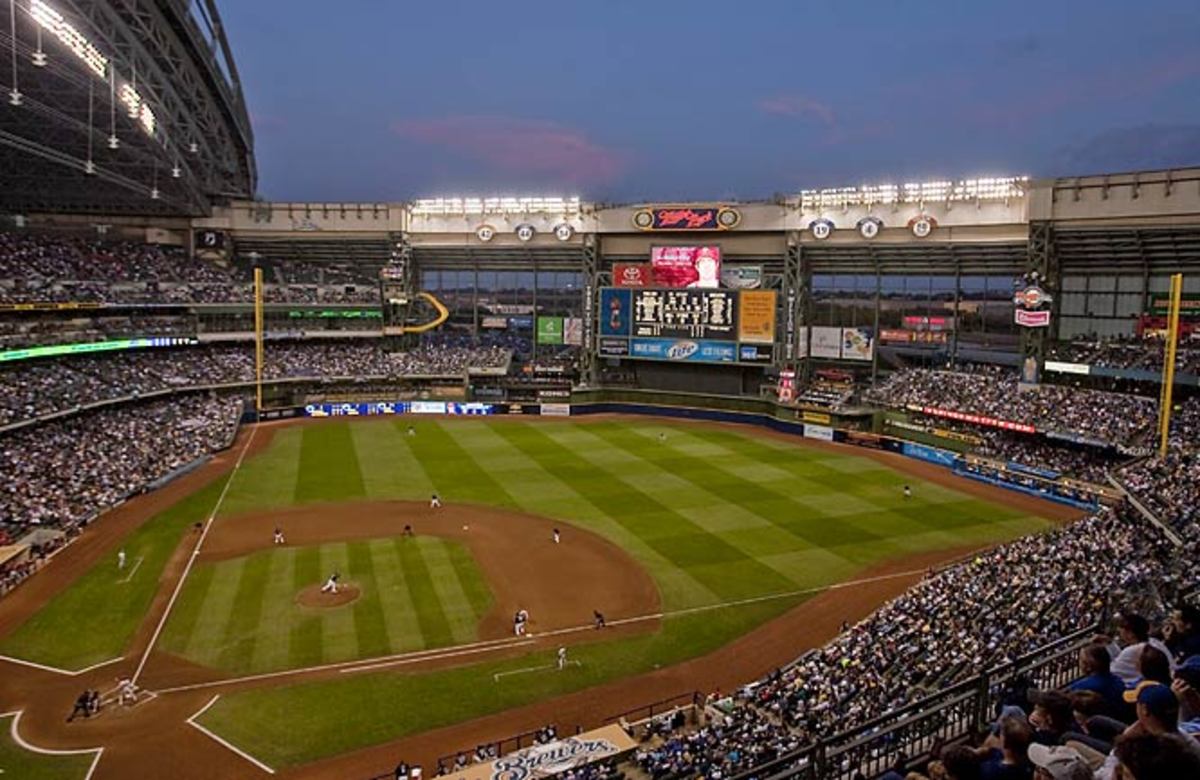
A true marvel of modern engineering, Miller Park features the only fan-shaped convertible roof in North America. The 12,000-ton, seven-panel roof opens and closes almost silently in just 10 minutes and keeps the often beautiful but sometimes brutal Wisconsin weather from playing a role in a game. While Bernie Brewer came with the team from old County Stadium, the stars of the new ballpark are the bratwurst, Polish sausage, Italian sausage, hot dog and chorizo, a.k.a. Klement's Racing Sausages.
Citizens Bank Park (2004)
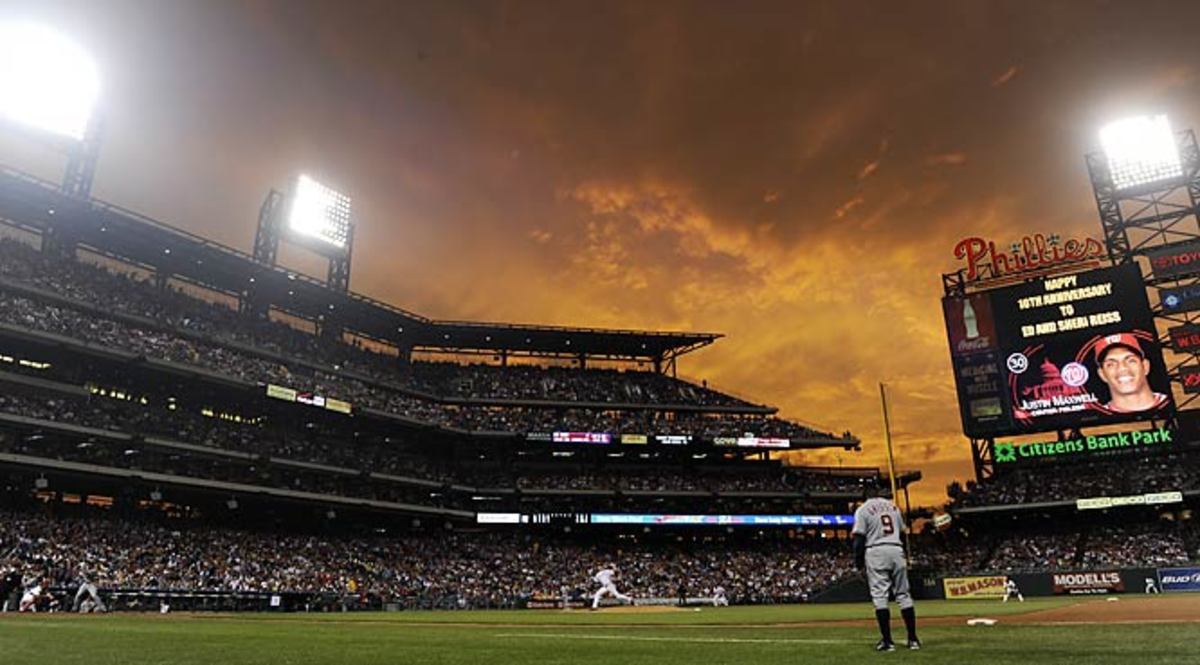
With ample concessions, great sight lines and a brick wall in center field that causes a wind-tunnel effect that assists many a home run, Citizen Bank Park rarely has a dull moment. Although cheesesteaks like those from Tony Luke's are what Philly is famous for, Bull's BBQ, located in Ashburn Alley and run by former Phillies left fielder Greg "The Bull" Luzinski, steals the show, using the largest grill in the majors since the stadium's opening.
Reliant Stadium (2002)
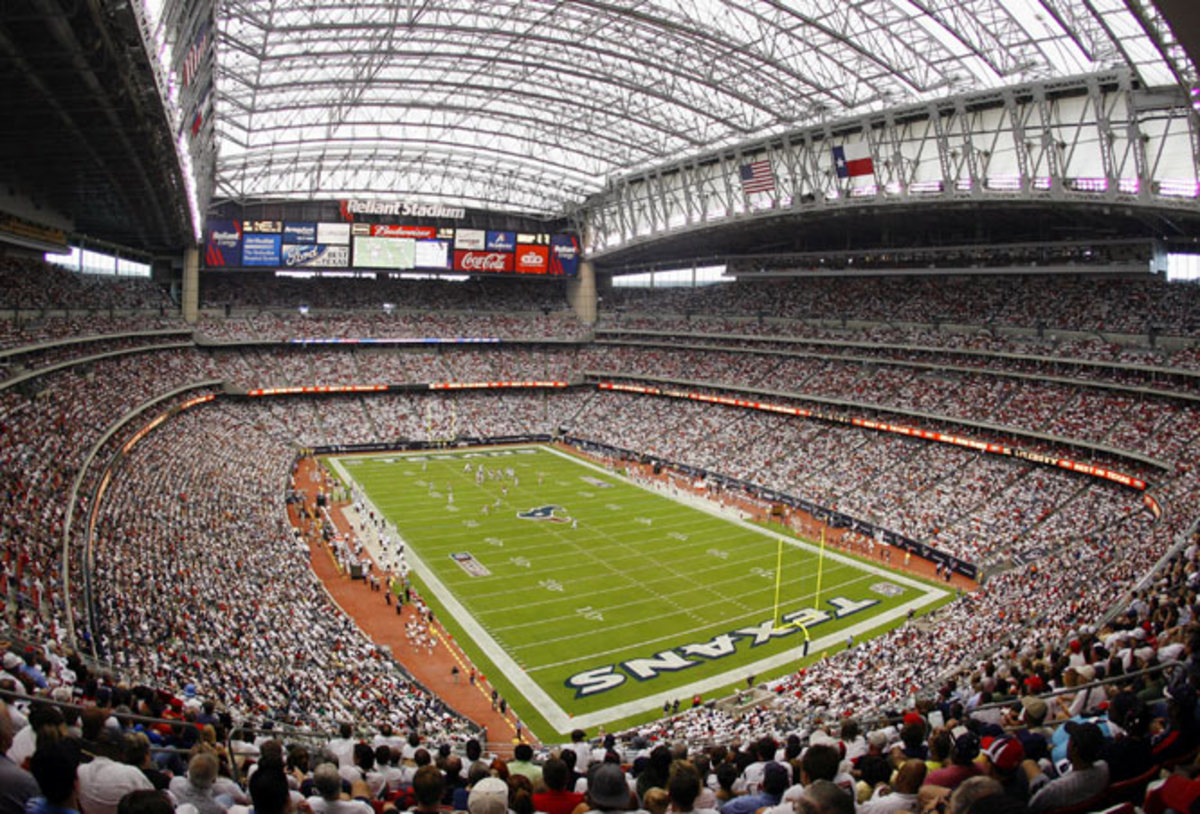
The largest indoor public assembly space in Texas, Reliant Stadium is famous for more than just being the first retractable-roof facility in the NFL. The multipurpose space has played host to numerous international soccer matches, the Houston Livestock Show and Rodeo, concerts and Super Bowl XXXVIII. How big is it really? The Astrodome, once known as the eighth Wonder of the World, would fit completely inside of Reliant Stadium.
PNC Park (2001)
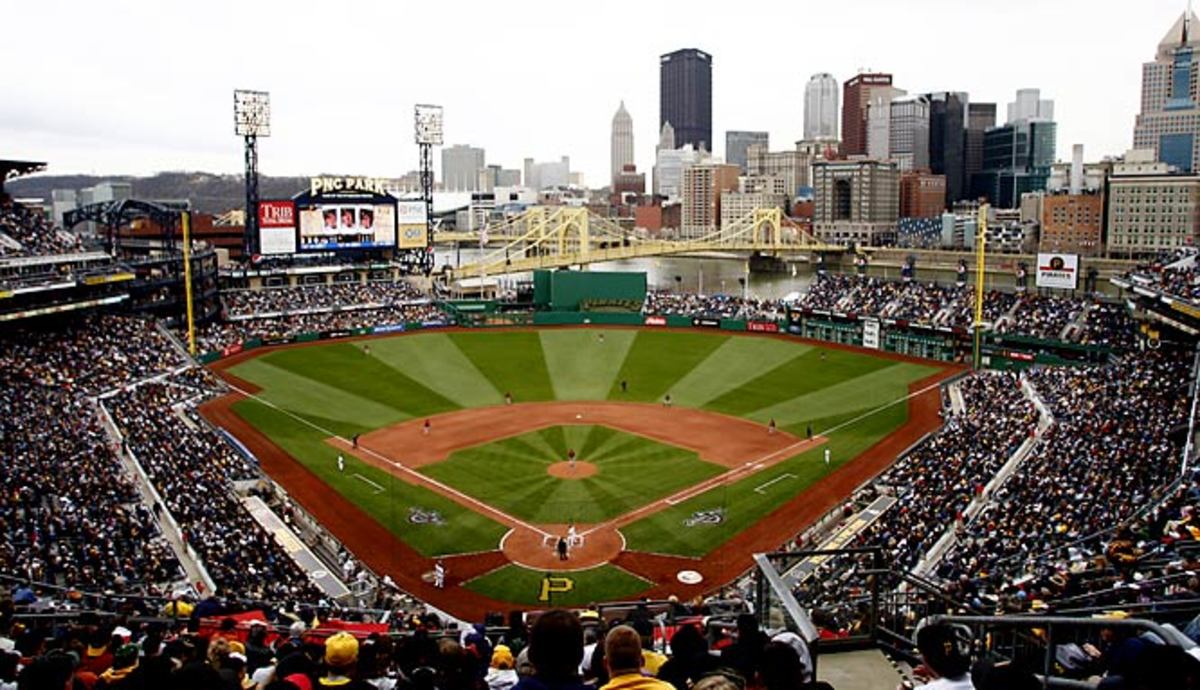
One of the jewels of the modern wave of ballparks, PNC Park is a far cry from the characterless Three Rivers Stadium that it replaced. Taking advantage of the city skyline, the stadium has become a must-see attraction for visitors to the Steel City. Its two-deck seating plan creates an intimate fan experience, with no seat more than 88 feet away from the field.
Yankee Stadium (2009)
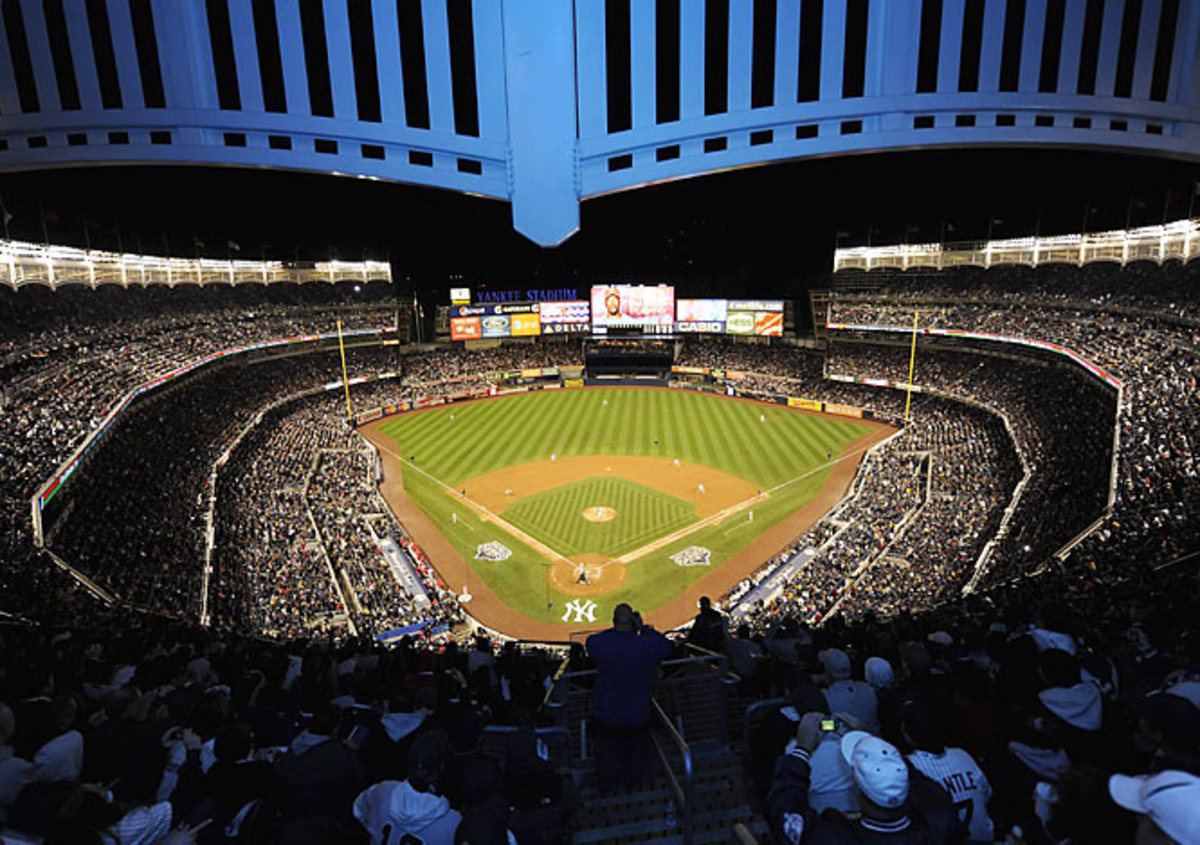
Located across 161st Street from the House that Ruth Built, the Yankees' new home opened in style as the Bombers won the World Series in 2009. The new home features a giant high-definition screen in center field, gourmet food in private clubs and ample food courts and luxurious seating throughout the stadium.
Cowboys Stadium (2009)
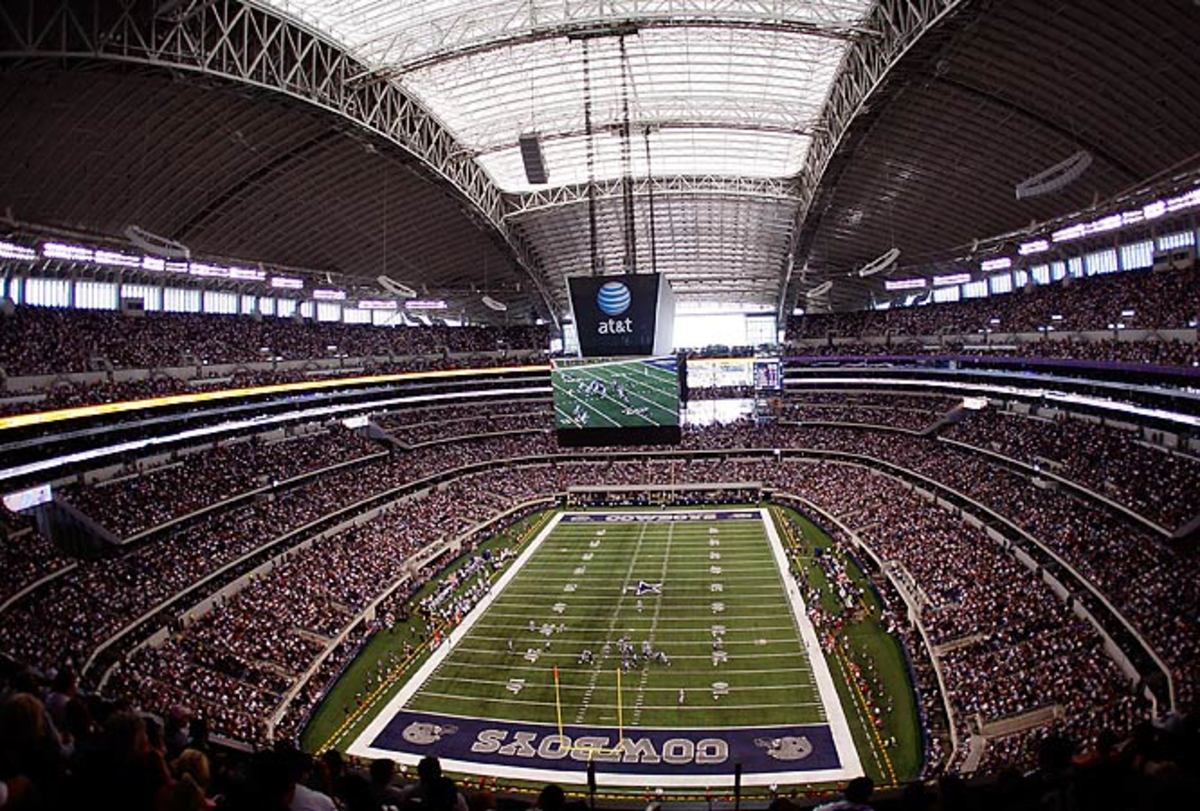
In a region where bigger has always been better, owner Jerry Jones' $1.8 billion shrine to the Dallas Cowboys is the biggest of them all, with a potential capacity of 111,000, including standing room. The greatest feature of the glass-and-steel structure is the world's largest high-definition screen, measuring 11,520 square feet and stretching from 20-yard line to 20-yard line, suspended above the field.
AT&T Park (2001)
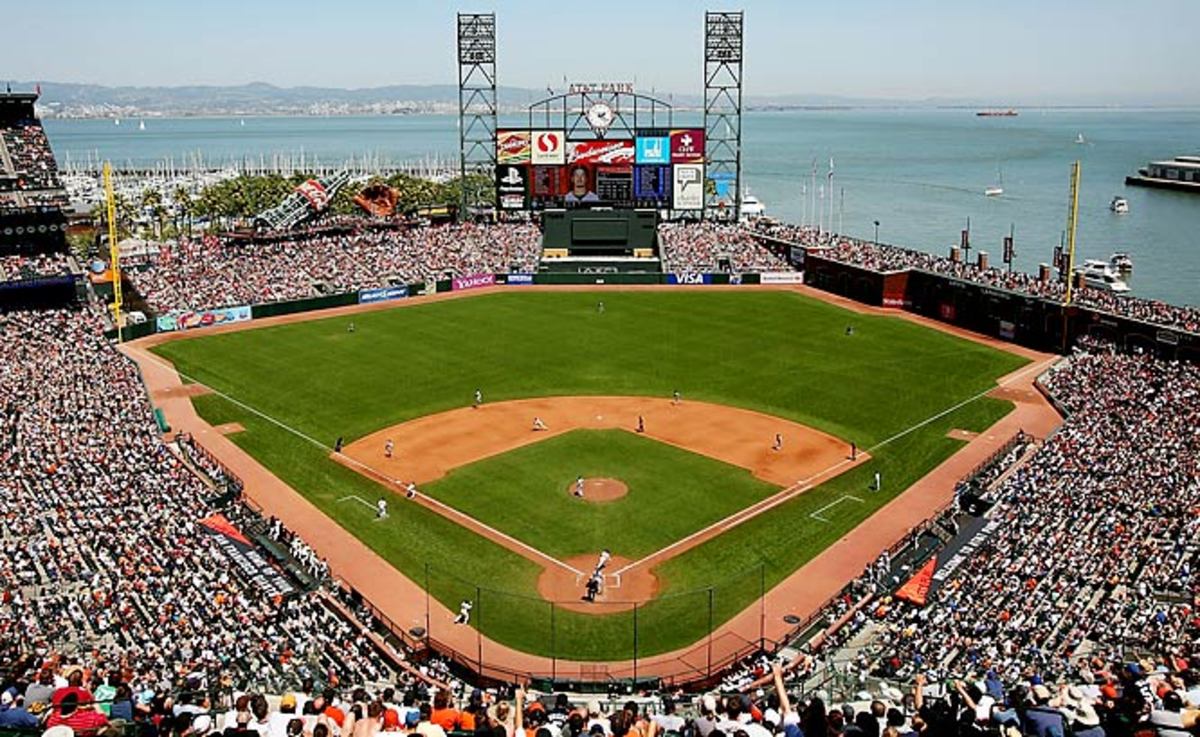
Famous for splash-down home runs in San Francisco Bay and garlic fries, AT&T Park was the first privately financed ballpark in Major League Baseball in nearly 40 years when it opened in 2001. Blessed with breathtaking vistas of San Francisco and fan-friendly features, this place is a huge improvement over the Giants' old home, Candlestick Park.
University of Phoenix Stadium (2006)

Named for a college without a football team, this 1.7-million-square-foot stadium has quickly become one of the central venues in the sports world. It's home to the Arizona Cardinals and the Fiesta Bowl and hosted Super Bowl XLII in 2008. The award-winning design features a roof covered by a translucent fabric and exterior walls made of metallic panels to help with cooling inside. The field can be moved outside on rollers, enabling optimal grass growth in the desert setting.
